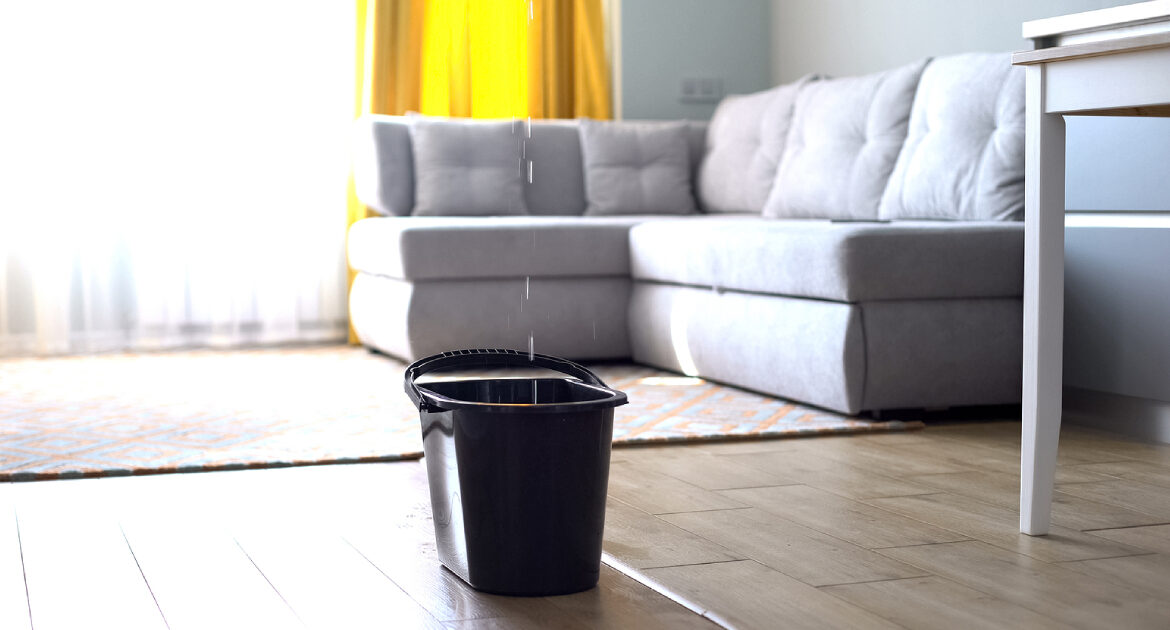Water damage is one of the most destructive and costly problems a property owner can face. Left unchecked, even a small leak can weaken structural elements, damage electrical systems, and promote mould growth. This is why timely roof repairs are critical not just for aesthetics but for the safety and durability of your property.
In Singapore, whether you’re dealing with a landed home, a commercial building, or an industrial facility, maintaining your roof is non-negotiable. Roofs here face constant exposure to tropical heat and frequent rain. Over time, wear and tear from weather fluctuations can lead to leaks that compromise the integrity of your space. That’s why regular inspections and prompt maintenance are so important.
Common causes of roof leaks
Understanding why roof leaks happen is the first step to preventing them. Several common culprits are usually at play:
1. Poor roof installation
If your roof is not installed correctly, problems can start appearing within just a few years. Misaligned tiles, loose waterproofing membranes, and poor drainage planning can allow water to seep through during heavy rain. It’s especially important to hire experienced contractors when building or renovating, especially in landed residential properties.
2. Ageing roofing materials
Like everything else, roofing materials have a lifespan. Whether it’s roof tiles, waterproofing membranes, or flashing, they will eventually wear out due to prolonged exposure to Singapore’s intense sun and regular downpours. Cracks, gaps, and curling edges are tell-tale signs that a replacement may be due.
3. Blocked gutters and drains
Singapore’s rainy weather means our roofs have to shed a lot of water quickly. If your gutters or downpipes are clogged with leaves, debris, or even bird nests, water will back up and pool on the roof. This extra weight and moisture increases the risk of leakage.
4. Hairline cracks and roof surface damage
Hairline cracks might seem minor, but they can absorb water like a sponge. Over time, water seeps through these tiny fractures, especially during Singapore’s monsoon seasons. Cement screed flooring, commonly used in both rooftop terraces and bathrooms, can also develop cracks that go unnoticed until significant damage occurs.
5. Faulty roof flashing
Roof flashing refers to the metal strips installed around roof edges, skylights, and vents to direct water away. When the flashing corrodes, loosens, or detaches, it leaves gaps for rainwater to penetrate. Flashing issues are particularly common in older properties.
How to prevent roof leaks
While some factors are out of your control, many roof issues can be avoided with proactive care. Here’s how you can prevent costly leaks:
1. Schedule regular inspections
Set a maintenance schedule to inspect your roof every 6 to 12 months or after severe weather. Look out for cracked tiles, ponding water, mould, or signs of corrosion. A professional inspection can spot early signs of trouble before they become expensive repairs.
2. Keep gutters clear
Cleaning your gutters and downspouts is a simple task that goes a long way. Make sure water can flow freely through the system, especially during Singapore’s rainy seasons. Install gutter guards if leaves are a recurring issue.
3. Apply roof waterproofing solutions
Investing in quality waterproofing is one of the best defences against roof leaks. Modern waterproofing systems, such as membrane coatings and polyurethane sealants, provide an added layer of protection against heavy rain and heat expansion.
4. Use high-quality materials
Whether you’re installing a new roof or carrying out roof leakage repair, always choose durable, weather-resistant materials. Quality roofing materials may cost more upfront but save you significant amounts in repairs and replacements over time.
5. Prompt repairs matter
Never ignore the early signs of a leak, like water stains on ceilings or bubbling paint. Get a roof leakage repair expert in Singapore to address the issue before it spreads. This is especially important in commercial and industrial settings where business operations and safety could be compromised.
Spotting early warning signs
Recognising the early signs of a roof leak can help you act quickly and avoid major damage:
- Water stains on ceilings or walls
- Peeling paint or bubbling plaster
- Musty odours from hidden mould
- Dripping sounds during or after rain
- Visible algae or moss on roof surfaces
In multi-use properties, where both residential and commercial elements are housed under one roof, spotting and addressing leaks quickly is vital. For homeowners, roof leaks can also be an early sign to inspect other structural areas such as your bathrooms, especially if you’re planning to convert your toilet for accessibility.
Conclusion
Roof leaks can compromise the structure, safety, and hygiene of your property. From poorly installed tiles to blocked gutters and aged materials, there are many reasons a leak might occur. The good news is that many of these issues can be prevented through regular inspections, proper maintenance, and prompt roof leakage repair.
Whether you own a landed property, manage a commercial unit, or maintain an industrial facility, keeping your roof in top shape protects not just the building but everything and everyone inside.
Need help with a leaking roof or structural maintenance? Leong Yik Engineering & Contractor offers reliable, professional services for residential, commercial, and industrial properties in Singapore. Get in touch with our expert team to assess, repair, and future-proof your building today.

